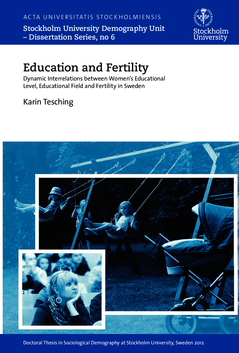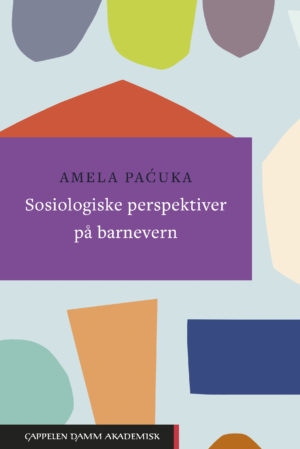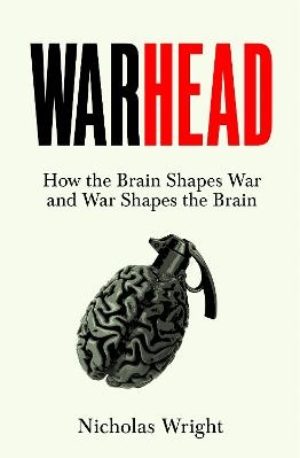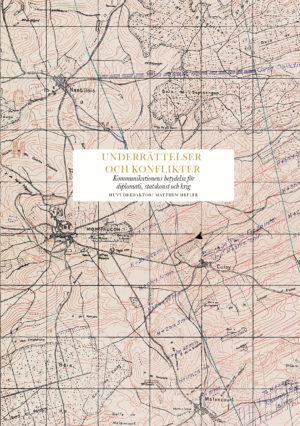This thesis analyses three aspects of the link between a woman's educational trajectory and her childbearing behaviour. Special attention is paid to educational field as a further dimension of education next to educational enrolment and educational level. It is argued that this dimension has to be taken into account to fully understand the complex interplay between women's educational careers and fertility. The empirical investigations are based on Swedish register data for the period 1990 to 2004 and carried out by means of event history analyses.
Regarding the impact of women's education on fertility, this study confirms that educational enrolment generally impedes childbearing. Further, in addition to differences in first, second and third birth risks among women with different levels of education, the analyses reveal strong variations in the fertility behaviour of women with different types of education.
To investigate the impact of fertility on women's educational careers, this study examines how becoming a mother influences a woman's risk to pursue further training in a different field of education. The effect of motherhood on the risk of educational change varies strongly depending on the field Swedish women initially were trained in. Especially women with degrees in fields in which it is difficult to get established in the labour market are found to have a high risk of educational change. For these women giving birth to a child appears to lead them to strive for further training in a field that offers more stable and family friendly employment prospects.
Finally, the study explores the impact of unobserved factors on education and fertility. By estimating a simultaneous hazard equation for a woman's childbearing behaviour and her choice of educational field, it is shown that women's decisions about education and fertility are correlated due to the existence of unobserved determinants that simultaneously influence both life domains.







